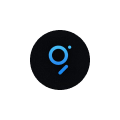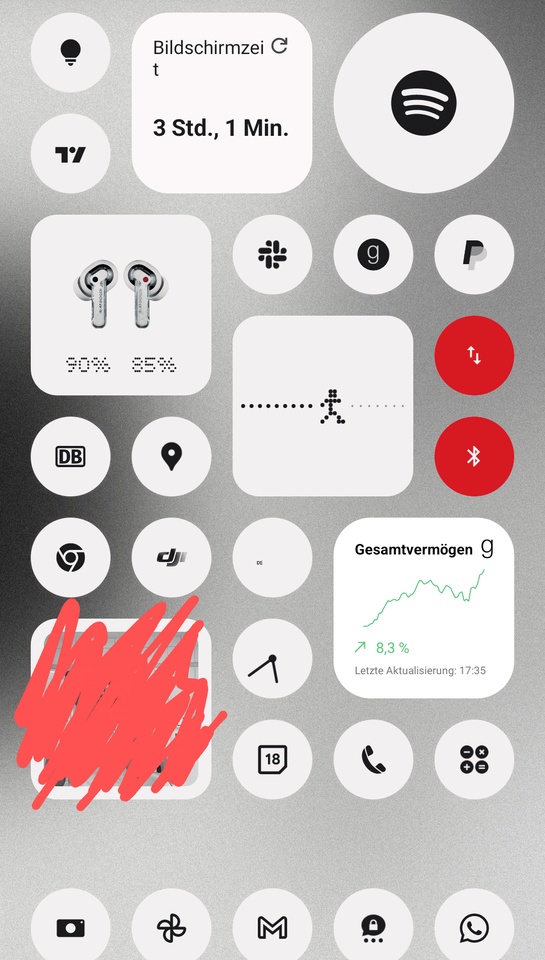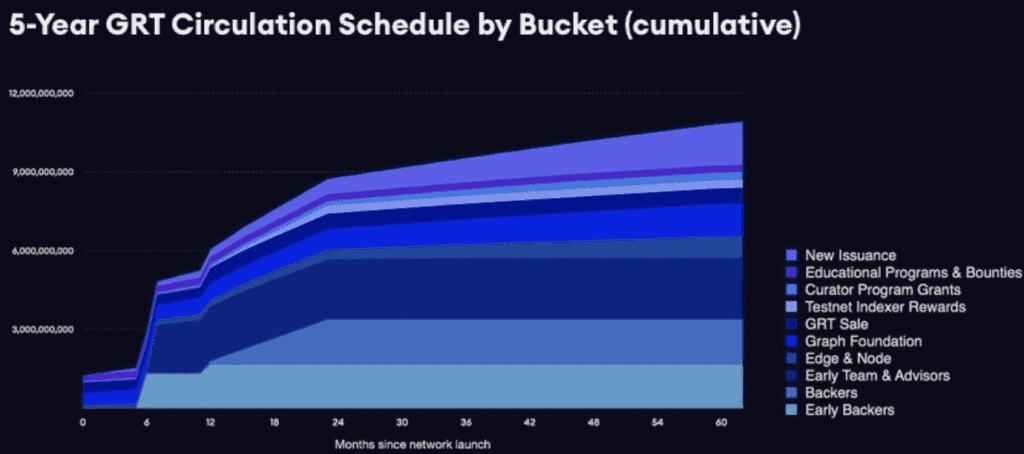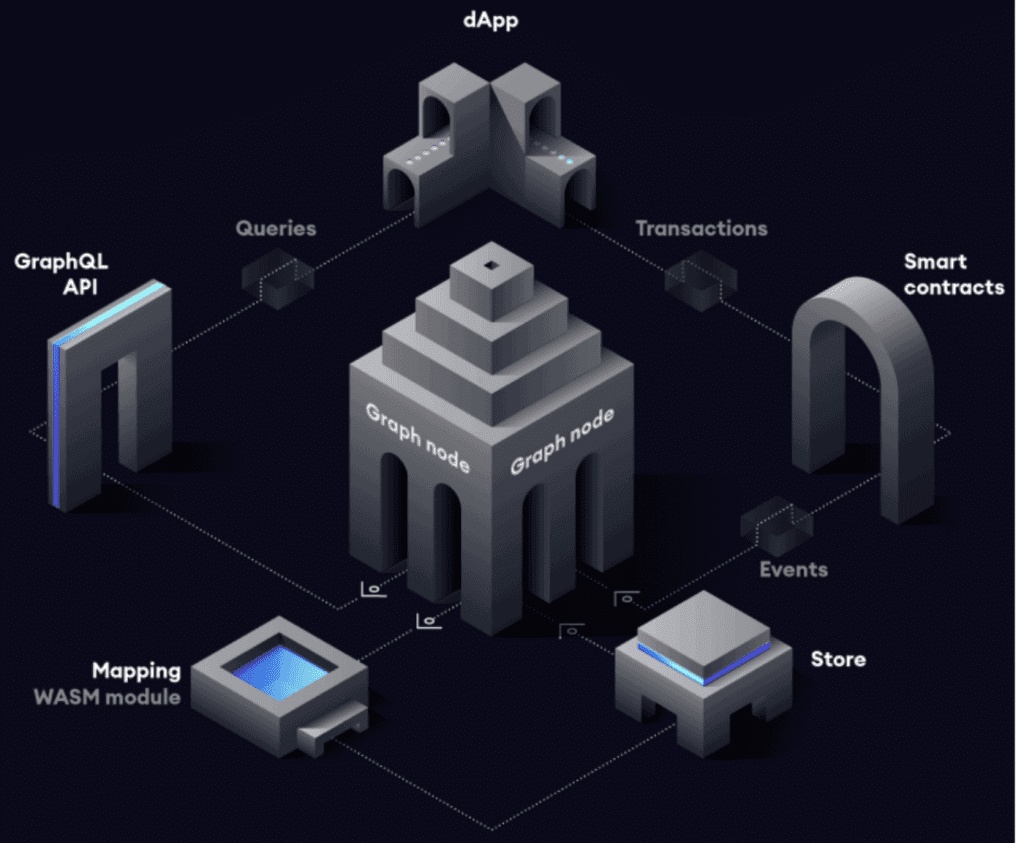Already 2,300 Subgraphs Support the Growing Network
Recently, The Graph has been able to support indexing of data originating from Ethereum, IPFS, and PoA networks. There are more networks that the platform will support in the future. Currently, more than 2,300 subgraphs have already been deployed and developers are using them for applications. Some of these applications include Aave, Aragon, Balancer (BAL), DAOstack, Uniswap, Synthetix (SNX), and many others.
There is a lot of institutional support for The Graph (GRT) network. Michael Anderson of Framework Ventures, said in a press release that they "couldn't be happier to support Yaniv and the team. According to his statement, they look forward to helping the decentralized network and its growth.
Hayden Adams of Uniswap also shared how useful the platform has been for their analytic needs and highlights the need for The Graph's use case:
As a company, we don't manage or run our own databases. ... Right now, it's pretty difficult to get historical data from the Ethereum blockchain in an efficient way.
The Graph's long-term plan, in addition to expanding to other blockchains soon, is to transfer ownership and management of the platform to the community. This is also in response to the shift of many blockchain applications to a decentralized model of governance.
Key roles of the platform
The overall ecosystem of the platform is composed of the following individuals:
Consumers - These are the users who pay Indexer for their searches. They can also be web services or any other software connected to The Graph.
Indexers - These are the nodes that maintain the indexing function of the platform.
Curator - Using GRTs, the curators for the subgraphs identify the information that is valuable to the platform's index.
Delegator - These are other stakers who delegate their GRT to existing indexers and earn a portion of the rewards.
Fishermen - They verify that the network's response to queries is correct.
Arbitrator - They decide whether an indexer is malicious or not.
The Graph Council
The Graph plans to decentralize its management in the future. This will most likely be similar to MakerDAO and Compound (COMP). Once the protocol is ready, the team plans to create a Decentralized Autonomous Organization (DAO) that will allow core stakeholders to participate in key protocol decisions.
Similar to other DAOs, The Graph Council, which will be the governing body for the technical parameters of the protocol, will also be responsible for how The Graph Foundation allocates its native utility tokens GRT.
Its basic functions include grant allocation and ecosystem funding decisions, protocol upgrades, protocol parameters, and other emergency decisions.
The Graph Token (GRT)
The Graph Token, or $GRT, is its native ERC-20-based token that can serve as a medium of exchange and a reward for community participants who act as indexers, curators, and delegators
GRT also have a vesting and distribution schedule that ranges from 6 months to 10 years. It is expected that approximately 12.5% of the total token supply (i.e., 1,224,999,438 GRT) will be in circulation at launch. However, this figure is exclusive of operational but locked tokens.
GRT token distribution at mainnet launch.
The Graph launched its mainnet on December 17, 2020, at 6:00 p.m. German time. At the launch, GRT were distributed to all participants in the public sale. Members of The Graph's curator program also received rewards worth an initial $1,000, with the remainder distributed to them quarterly based on their contributions to the program.
The Graph Foundation also received approximately 20% of the offering of all GRT tokens for future development of the project. In particular, contributors who want to help in the further development of The Graph can apply for their rewards program. Approximately 1% of the total GRT supply will be allocated to support these contributors in 2021.












